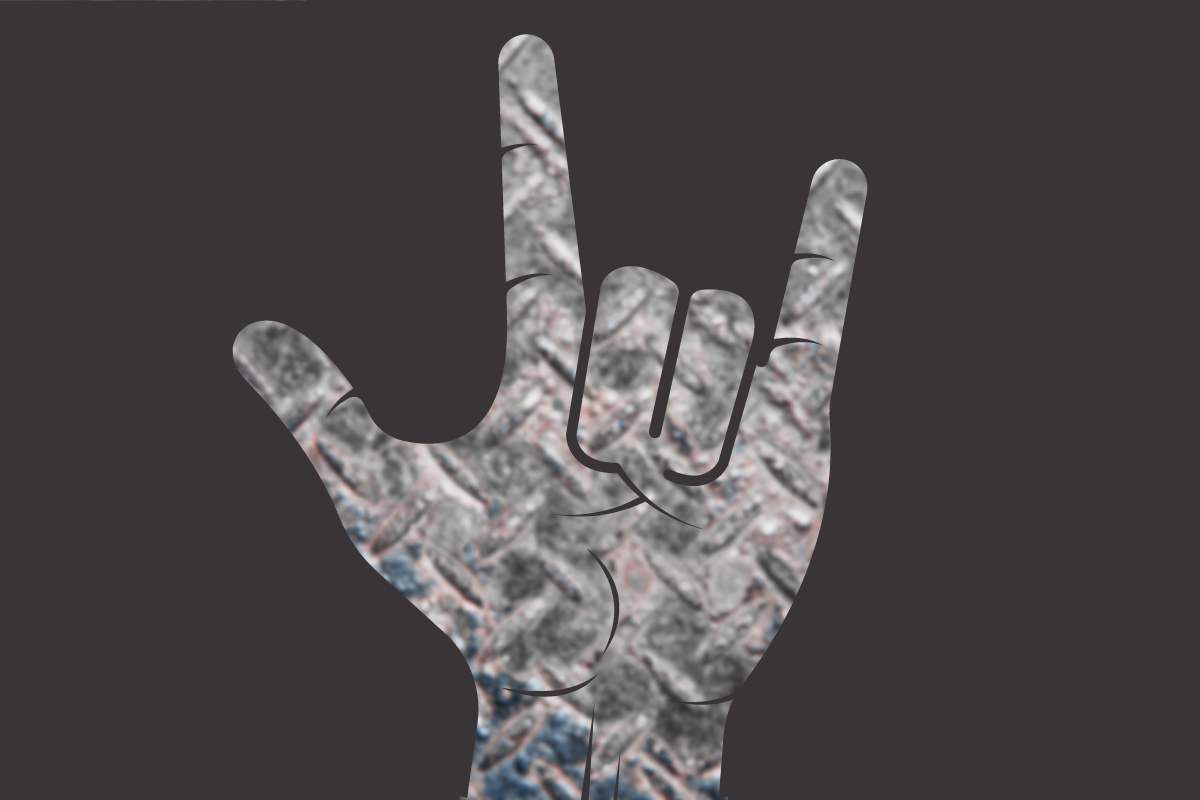In the Beginning: The Genesis of Heavy Metal
The roaring thunder of distorted guitars, the thunderous pounding of drums, and the primal screams that echoed through the halls of rock history—this is the essence of heavy metal. But where did it all begin? How did this powerful genre emerge from the depths of musical exploration?
The Birth of a New Sound
In the late 1960s and early 1970s, a wave of musical experimentation was sweeping across the globe. Influenced by blues, rock, and psychedelic music, bands like Black Sabbath, Led Zeppelin, and Deep Purple began to forge a new path, embracing a heavier and darker sound. The distorted guitar riffs, thunderous basslines, and aggressive drumming gave birth to what would soon be known as heavy metal.
Black Sabbath: The Pioneers of Doom
Black Sabbath, formed in Birmingham, England, in 1968, is often credited as the founding fathers of heavy metal. Their self-titled debut album, released in 1970, introduced the world to a dark and ominous sound that would become the cornerstone of the genre. With songs like “Black Sabbath” and “Paranoid,” they created a haunting atmosphere and a sense of foreboding that resonated with listeners.
The Rise of Heavy Metal Icons
As the 1970s progressed, heavy metal began to spread its wings and gain momentum. Bands such as Judas Priest, Iron Maiden, and Motorhead emerged, each bringing their unique style and sound to the genre. With blistering guitar solos, soaring vocals, and relentless energy, these bands captivated audiences and solidified heavy metal as a force to be reckoned with.
The Metal Movement: From Subculture to Global Phenomenon
Headbangers Unite: The Thriving Subculture
Heavy metal quickly developed a passionate and dedicated fanbase, forming a subculture that thrived on the raw energy and rebellious spirit of the music. Fans proudly wore black leather jackets adorned with band patches, raised their devil horns high at concerts, and embraced the sense of belonging within the metal community.
Metal Across Borders: Global Expansion
In the 1980s and 1990s, heavy metal transcended geographical boundaries, spreading its influence to all corners of the world. From the United States to Europe, South America to Japan, bands like Metallica, Slayer, and Megadeth became household names, showcasing the genre’s universal appeal. The rise of music videos and the advent of MTV further propelled heavy metal into the mainstream consciousness.
The Legacy Continues: Heavy Metal in the Modern Era
Evolution and Diversification
Heavy metal has continued to evolve and diversify, spawning countless subgenres and hybrid styles. From thrash metal to power metal, progressive metal to death metal, the genre has embraced innovation while staying true to its roots. Bands like Slipknot, Avenged Sevenfold, and Mastodon push the boundaries of heavy metal, infusing it with elements of other genres and incorporating complex musical arrangements.
The Unbreakable Spirit
Despite facing criticism and misconceptions, heavy metal has stood the test of time. Its loyal fanbase remains passionate and unwavering, supporting both iconic acts and emerging talents. The power of heavy metal lies not only in its thunderous music but also in its ability to provide a sense of catharsis, empowerment, and a space for self-expression.
As heavy metal continues to forge ahead, its origins and evolution remain an integral part of its legacy. From the groundbreaking pioneers to the global movement it has become, heavy metal has left an indelible mark on the music world, inspiring countless bands and captivating millions of fans.
